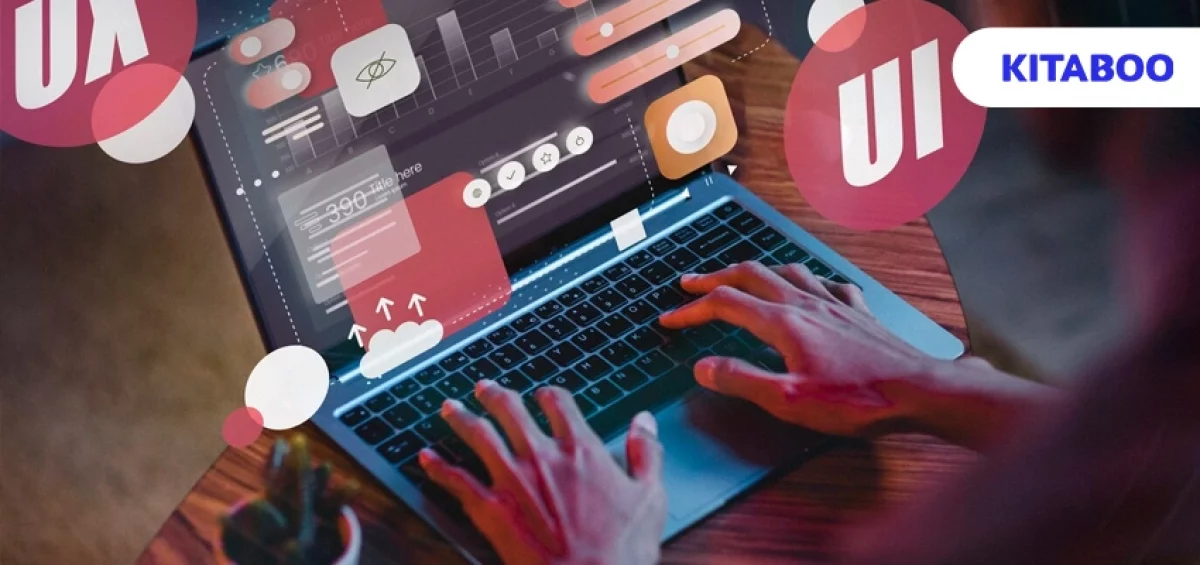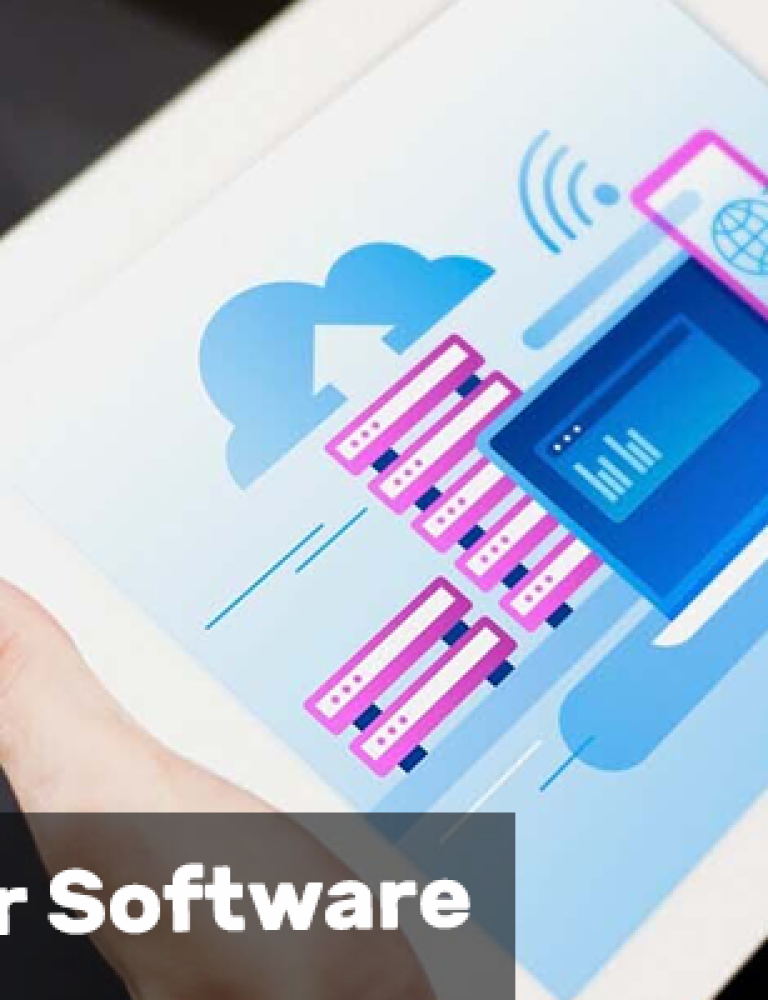When you install a new app on your phone or a new software on your PC, you naturally feel excited to use it. This situation can now go two ways: you either find the design intuitive, and it helps you progress further into exploring the app. Or, you find the user experience clunky and end up uninstalling that app to explore another one with a better design.
Extrapolating this insight into the EdTech sector, the importance of curating exemplary learning experiences takes central importance if you wish for students to remain engaged with the learning app and with learning itself.
For example, digital learning platforms like KITABOO provide intuitive interfaces for students to remain engaged in the learning process through ease of access.
Let’s understand the implications of user experience design in educational technologies.
Table of Contents:
I. What is User-Centric Design
II. Importance of User-Centric Design in Educational Technologies
III. 5 Handy Tips to Design User-Friendly, Engaging Interfaces for EdTech Apps
- Target Audience Research
- Understand Learners’ Needs
- Apply Co-Creation
- Develop Prototypes for Feedback
- Improve Continuously
IV. KITABOO: Enhancing Learning Through Intuitive, Fluid Experiences
What is User-Centric Design?
In simple terms, user-centric design can be considered an iterative process in which app developers focus on the needs of the end-users from the commencement of app development until it is launched. It also involves gathering feedback and releasing upgrades to make new and improved changes to the finished product.
In the context of the K12 education industry, the end-users are the learners and educators. App developers, therefore, need to collaborate with this target audience to understand their app usage patterns to create a product that is user-centric. User-centric design has the potential to drive student engagement and have a positive impact on learning outcomes – let’s explore how.
Importance of User-Centric Design in Educational Technologies
User-centric design is basically designing an educational platform to meet the needs of the end user. In the K12 educational sector, this translates to developing digital products that resonate with the usage behavior of educators and learners.
Crafting high-quality user experiences allows learners and educators to pursue the EdTech solutions with better ease and confidence. It has a direct impact on the levels of engagement that these applications generate at the end of the day.
Enhancing user experiences through providing gamified and interactive modules throughout the learning journey helps improve the overall outcomes. A UNESCO study corroborates this statement in one of its reports, stating that digital technologies like whiteboards, simulators, and collaboration tools enhance student engagement when implemented properly. Additionally, digital games and gamified elements in a curriculum support knowledge acquisition in interactive ways.
However, the quality of digital platforms dictates the learning curve they would demand from the users, which necessitates user-centric design for delivering positive outcomes in engagement, app use, and learning outcomes.
User-centric design also enhances the overall utility of an educational platform, catering to specific user needs such as:
- Accessibility options
- Translation options
- Placement of menus and buttons
- Single-handed operation for handheld devices
- Brightness, strobe, and contrast adjustments
- Functional features such as saving excerpts, taking notes, using a microphone to take notes, etc.
- Personalization options
- Adaptive learning options
5 Handy Tips to Design User-Friendly, Engaging Interfaces for EdTech Apps
App developers can take note of the following five tips to improve the overall user experience their digital educational solutions provide:
1. Target Audience Research
A thorough audience research is always the starting point of creating a user-centric educational product. This involves not just knowing the target audience and demographics but also the ways in which they prefer to use similar solutions.
It is effective to conduct interviews with educators to understand how they leverage similar platforms and the features they would like to see in their version of an “ideal” education app. Similarly, student surveys help to understand the learning tools that they wish to see in a digital solution to encourage better learning.
2. Understand Learners' Needs
Every learner is unique, and so is every educator. To create a truly user-centric design for your digital EdTech solution, it is important to understand the tools and functionalities needed to facilitate individualized teaching and learning through the app.
Educators may prefer different pedagogies and require app functionality that can deliver the lesson using preferred methods.
At the other end of the spectrum, learners may require a variety of adjustments and personalization from the solution to enable optimized learning, such as adjusting reading speed for text-to-speech modules or leveraging visualized versions of a concept.
3. Apply Co-Creation
Co-creation is the best tactic to ensure that all the design aspects of your EdTech app are considerate of the end users’ needs. Create a panel of teachers, students, UX design experts, and app developers for open discussions on the features and functionality that the ideal education app should have.
With inputs garnered from a range of professionals and learners themselves, the process becomes more streamlined as collective brainstorming creates feasible and functional designs.
4. Develop Prototypes for Feedback
A lot of user-centric app designers create app prototypes to help them understand the real-world performance and utility of the design they have created. It enables them to gather feedback on the user experience that this prototype provides in a controlled group of users.
Leverage the power of prototyping before the official release to gather all the necessary insight required for creating end-user-focused user experiences through your digital solutions.
5. Improve Continuously
The thing with user-centric design is that the improvements in functionality are continuous. The developers should create a feedback loop where real-world users can explore the solution and leave a review with the issues they faced or the features they liked.
Using the feedback to create an improved version of the same app helps align the app’s utility to the learners’ and educators’ goals from using it.
Enhance Learning Through Intuitive, Fluid Experiences
As educators focus on creating better engagement and learning outcomes through digitized education methods, it is also important to focus on creating usable solutions. EdTech solutions should be equitable for all types of educators and learners and provide equal opportunities for enhancing their learning experience through using a product.
User-centric design for the education sector is expertly demonstrated by user-friendly digital platforms like KITABOO. Such platforms provide endless features for K-12 content like multimedia and AR, for immersive user experiences.
Educators can leverage the power of interactive assessments to make tests seem fun for the learners. Explore the plethora of user-centric features that KITABOO provides – visit the website.
To know more, write to us at KITABOO@hurix.com
Discover How An Ebook Conversion, Publishing & Distribution Platform Can Help You
Kitaboo is a cloud-based content platform to create-publish & securely distribute interactive mobile-ready ebooks.
You May Also Like
-
Top Picks for 2024 eBook Creator Software
Blog,Digital Publishing,eBook solution / February 14, 2024
-
Top 5 Strategies to Ace eBook Distribution in 2024
Blog,Digital Publishing,eBook solution / February 22, 2024







